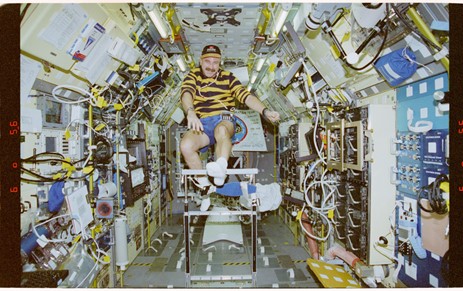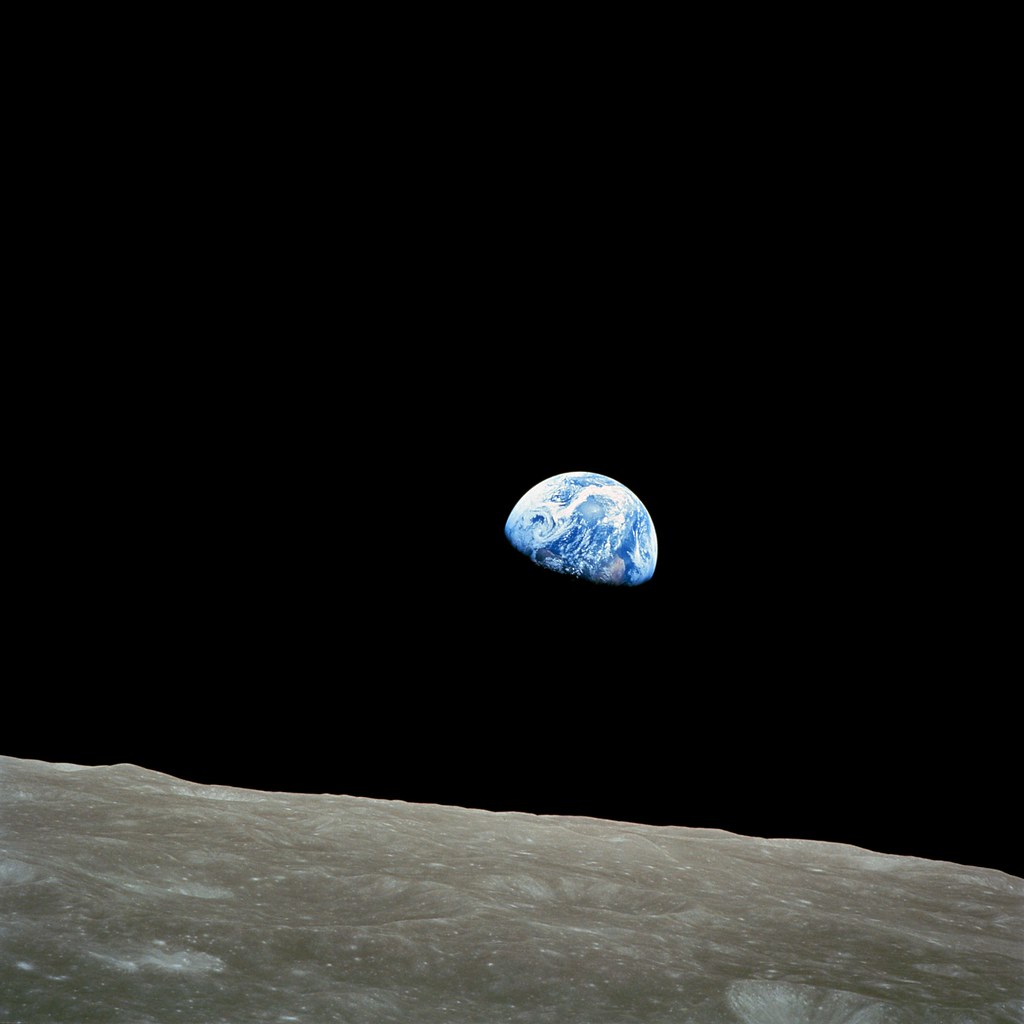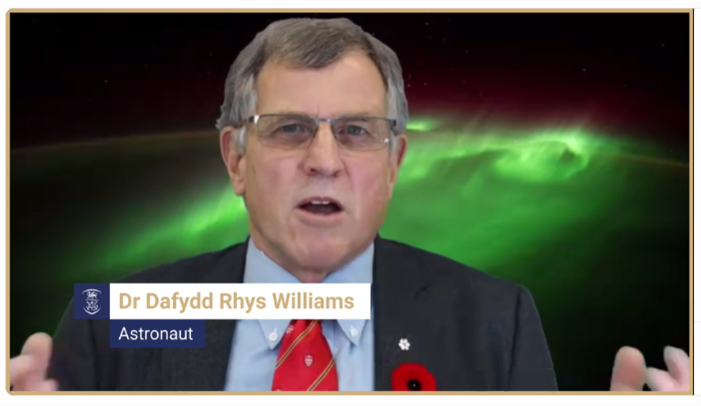Ma Creative Writing student Sarah Persson watched the final session of the Summit. Secretary Clinton was joined by Dr Rhys Williams and Vice Chancellor Professor Paul Boyle for an inspiring end to a fascinating few days…
To open the final panel, Swansea VC Professor Paul Boyle thanked Secretary Clinton for convening the conference which attracted a global online audience of over 3000 delegates. Reflecting on the week, he noted the common themes of the conference: the global desire to find solutions, the role of individuals and institutions to ensure change, and the role that universities play in shaping these changes. In particular, he highlighted the responsibility that universities must provide safe spaces for the testing of new ideas and to amplify the voices of future generations. Secretary Clinton praised our university’s “creative thinking”, “innovation” and its “commitment to coming together to solve problems”. She also noted the importance of the Welsh government’s involvement in the summit, and the role of the Well-being for Future Generations Act.

Secretary Clinton went on to introduce Dr Dafydd Rhys Williams, a man who ‘achieves the impossible’. Describing himself as ‘very fortunate to have been able to explore the two final frontiers of outer space and the undersea world.’ Williams recounted his experiences of space and undersea missions, revealing his desire to be an astronaut as a child. Shocked that this would be impossible as Canada did not have an astronaut programme at that time, Williams explained that he nonetheless kept hold of his dream. Aged 12, he decided to learn to scuba dive in order to become an aquanaut. “Low and behold” he said, “I got to be an astronaut before I became an aquanaut!”

Williams went on to discuss the earthrise photograph taken in 1968, arguing that it ‘changed history’ by showing the beauty of earth and the need to take care of it. Williams recounted how for 12 years he had studied to become a neuroscientist and emergency trauma physician before applying to become an astronaut in 1992. Chosen as 1 of 4 successful candidates from 5300 applicants, Williams was pleased to reveal that out of that 5300 hopefuls 600 were children aged under 10. How positive it would be, he reflected, to harness the optimism and passion of those child applicants.
Next, Williams described his first flight to space, knowing that he would wake up on Earth, and go to sleep in space. He went on to reveal the reality of sitting in the spaceship at ‘T minus 15 seconds’, with the realisation that he was sitting on a controlled explosion (before accelerating to 25 times the speed of sound in 8 ½ minutes) during the launch. Williams compared the G forces – up to 3 times the force of gravity – as feeling like an elephant was sitting on his chest. Releasing his harness, Williams described floating up to see the image of earth through the window. He spent 16 further days in space researching Neuroscience.

Coming back from the mission, Williams also had the opportunity to become an aquanaut and lived under water for a week in 2001. While both space and underwater were beautiful he recalled, there was a striking difference between them in that underwater there were neighbours: fish. He once made a second underwater mission for 18 days: the longest underwater mission ever attempted by NASA. After a diagnosis of cancer in 2004, Williams was faced with the choice of continuing his space exploration or taking a more conservative path. After successful surgery, he chose space.
For his final space flight, Williams explained how he helped build the National Space Station and did 3 space walks, reflecting on the age of the earth and that the entire human history was on that planet. When you orbit the planet every 90 minutes, he reminded us, there are no borders, and the earth is “a global village”. Like so many other of our summit panelists, Williams reminded us that “what happens in one part of the world affects all all other parts of the world”. “We are much more alike than we are difference’ he reflected, urging people to collaborate to address the future challenges using “intellect and curiosity”. “We live our legacy while we can” he said, and “get rid of the word impossible” to help find solutions to global challenges.

In concluding the discussion – and the summit – Secretary Clinton thanked Williams, agreeing that “we are all in this together” and highlighting the need to “take that stewardship seriously”.
Thanking the Swansea University Media Department for its innovative live coverage across the event, Secretary Clinton acknowledged the strength of the University, speakers, and audience, adding that she hoped the summit was just the start of further, deeper conversations. The Vice Chancellor thanked Secretary Clinton, the panelists, and the contributions made by Swansea students. The mission, he reflected, was clear : “harnessing the power of partnership we can address the challenges of today to create a more equitable and sustainable world for tomorrow”.